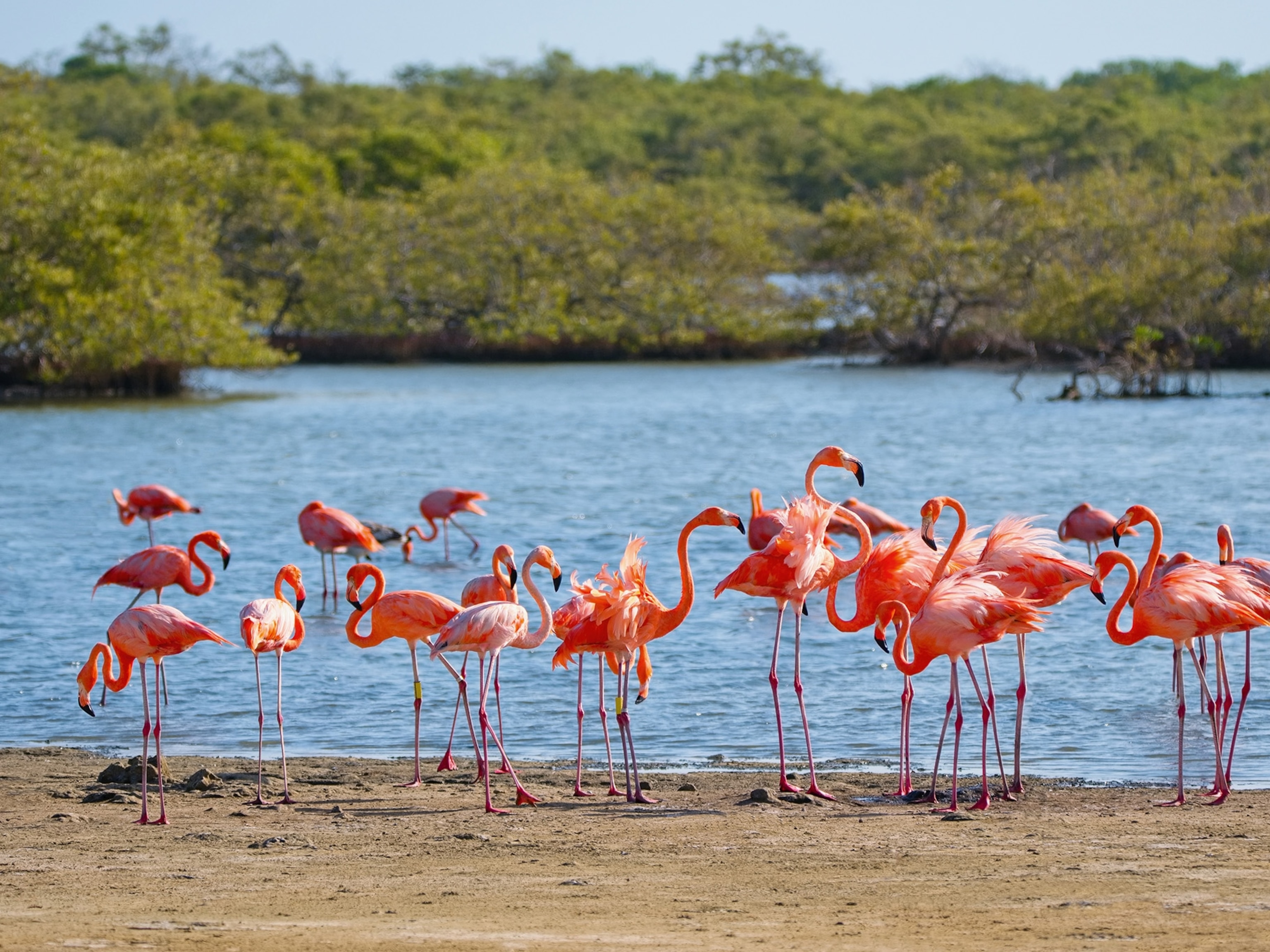
These Animals Thrive in the Hottest Places on Earth
Pupfish, foxes, and asses are among the creatures that like it hot.
When the outdoors feels like it's set on broil, we humans can usually retreat into air-conditioned spaces.
Wild animals don’t have that luxury. But here are five tough cookies that manage to beat the heat in some of the hottest places on Earth. (Also read: "By 2100 Deadly Heat May Threaten Majority of Humankind.")
Pupfish
The many species of pupfish, found in the Americas and Caribbean, are so hardy and adaptable that "if you give them water [fresh or salty, high or low temperature] they’re fine," says Evan Carson, a biologist at the University of New Mexico.

Carson says some pupfish could be considered extremophiles, animals with a tolerance for excessively harsh conditions. (Related: "5 Extreme Life-Forms that Live on the Edge.")
The Ash Meadows Amaragosa pupfish likes it hot in Death Valley National Park, where spring water can reach 100 degrees. But that's bathwater compared with hot springs in Mexico's Chihuahuan Desert.
The El Pandeño hot spring, for instance, is home to the Julimes pupfish, which can handle waters as hot as 114 degrees Fahrenheit. The bighead pupfish swims in the Baños de San Diego, which reaches 111 Farenheit.
Both fish “share the title for living in the hottest waters known for a vertebrate," Carson says.
Wild Ass
Temperatures in the Dallol, a steamy region of northern Ethiopia, often reach 120 degrees in summer, with an average of 93.
Yet even in this hot spot, about 400 critically endangered Somali, or African, wild asses, also known as dibokali, manage to eke out a living.
The equines beat the heat with a flexible metabolism; large, heat-dispersing ears; an efficient gait; and the ability to drink a lot of water quickly.
It also helps that asses don't need as much water as domestic livestock, such as sheep and goats, notes Fiona Marshall, an anthropologist at Washington University in St. Louis by email.
Rüppell's Fox
One of Earth's hottest places is Iran’s Lut Desert. In 2005, NASA recorded the single highest surface temperature recorded anywhere in the world in the Lut—159.3 Fahrenheit.
But one animal has evolved to outfox the heat.

Rüppell's fox can cope with Iran’s sweltering sands by conserving water. For instance, the mammals—which get their water from eating prey—hunt at night to stay cool and avoid losing precious moisture. (See Iran's most wild and beautiful places.)
Other adaptations include small bodies to help dissipate heat, low metabolic rates to save energy, and concentrated urine that sheds less water.
Greater Bilby
Australia is known for fun and sun, but the badlands of Queensland can get a bit intense: Satellites operated by NASA recorded a temperature of nearly 157°F there in 2003.
The greater bilby, a ground-dwelling marsupial, handles the heat by going, well, down under. These charismatic animals “can avoid extreme heat through constructing and sheltering in elaborate burrow systems,” John Wairnowski, a biologist at Australia’s Charles Darwin University, says via email.
These spiraling burrows can go as deep as nearly seven feet and as long as 10 feet.
Night Parrot
Another Australian species used to extreme heat is the night parrot, a shy species thought to be locally extinct in Queensland until their rediscovery in 2013, Wairnowski says.
The ground-dwelling birds stay cool by going out only at night and nesting in plants during the day.
Some humans do the same—a subspecies called the night owl.
Have a question about the weird and wild world? Tweet me or find me on Facebook. Weird Animal Question of the Week answers your questions every Saturday.





